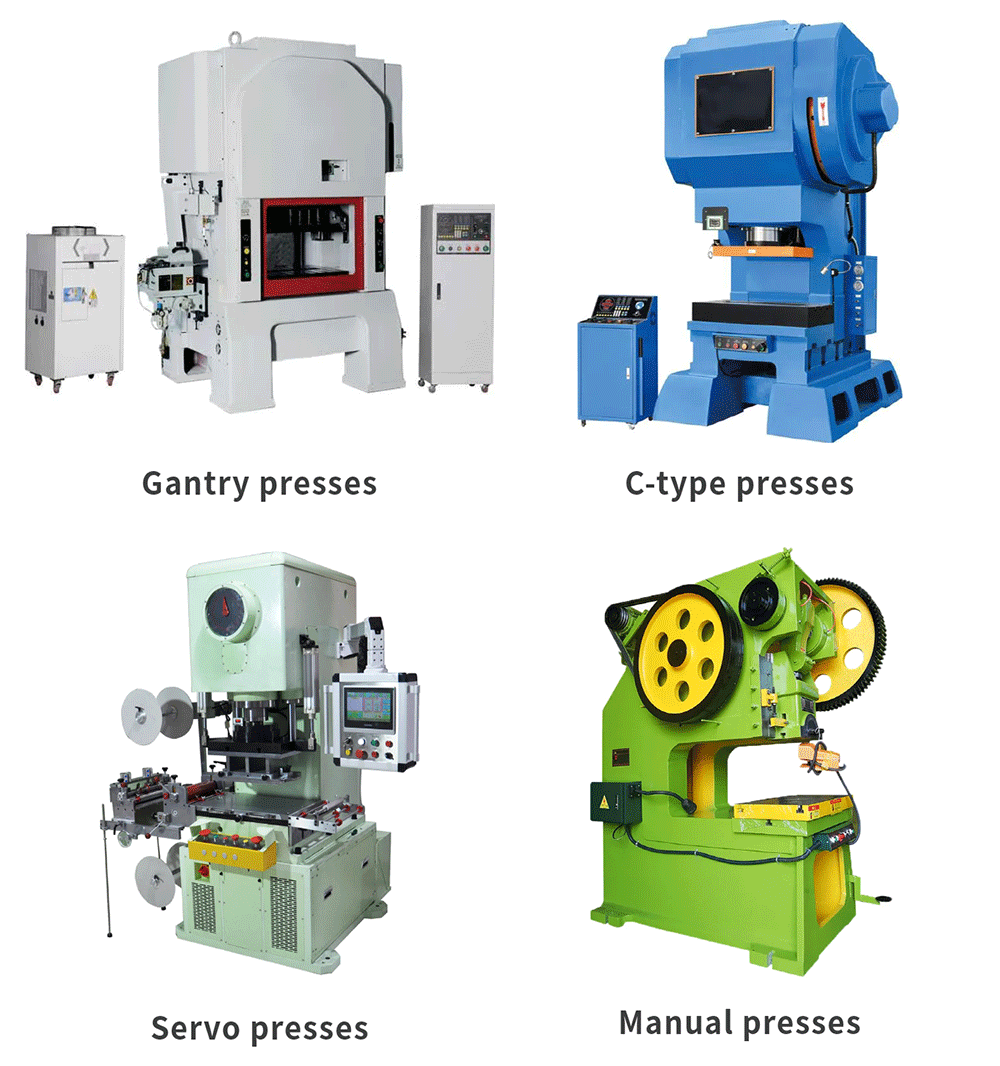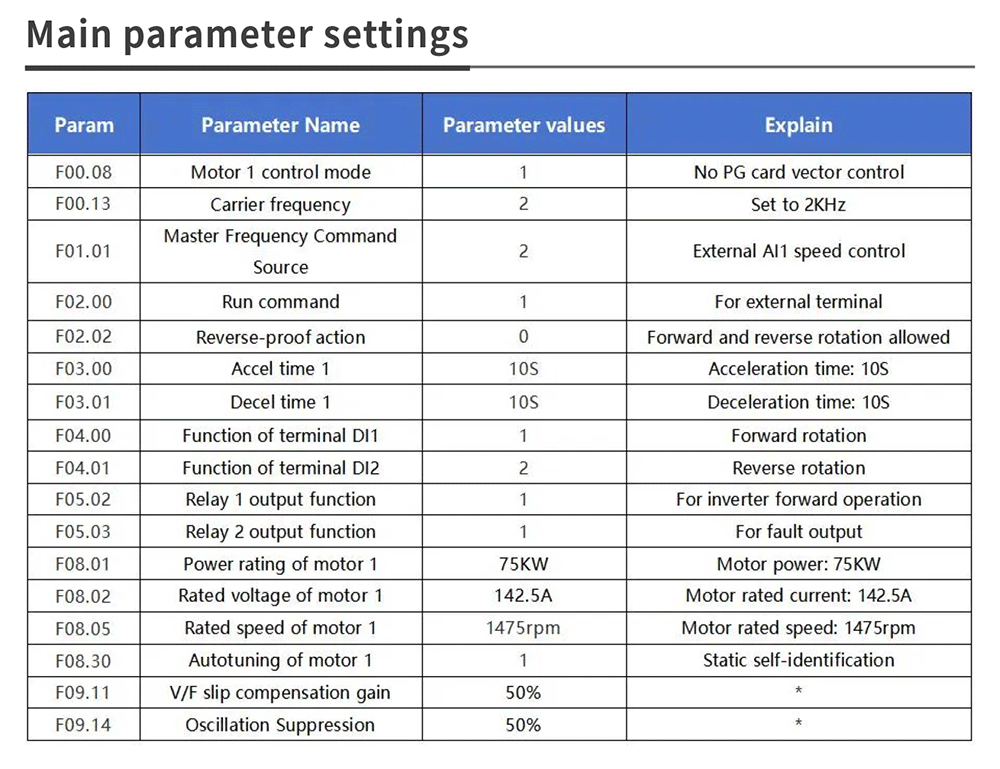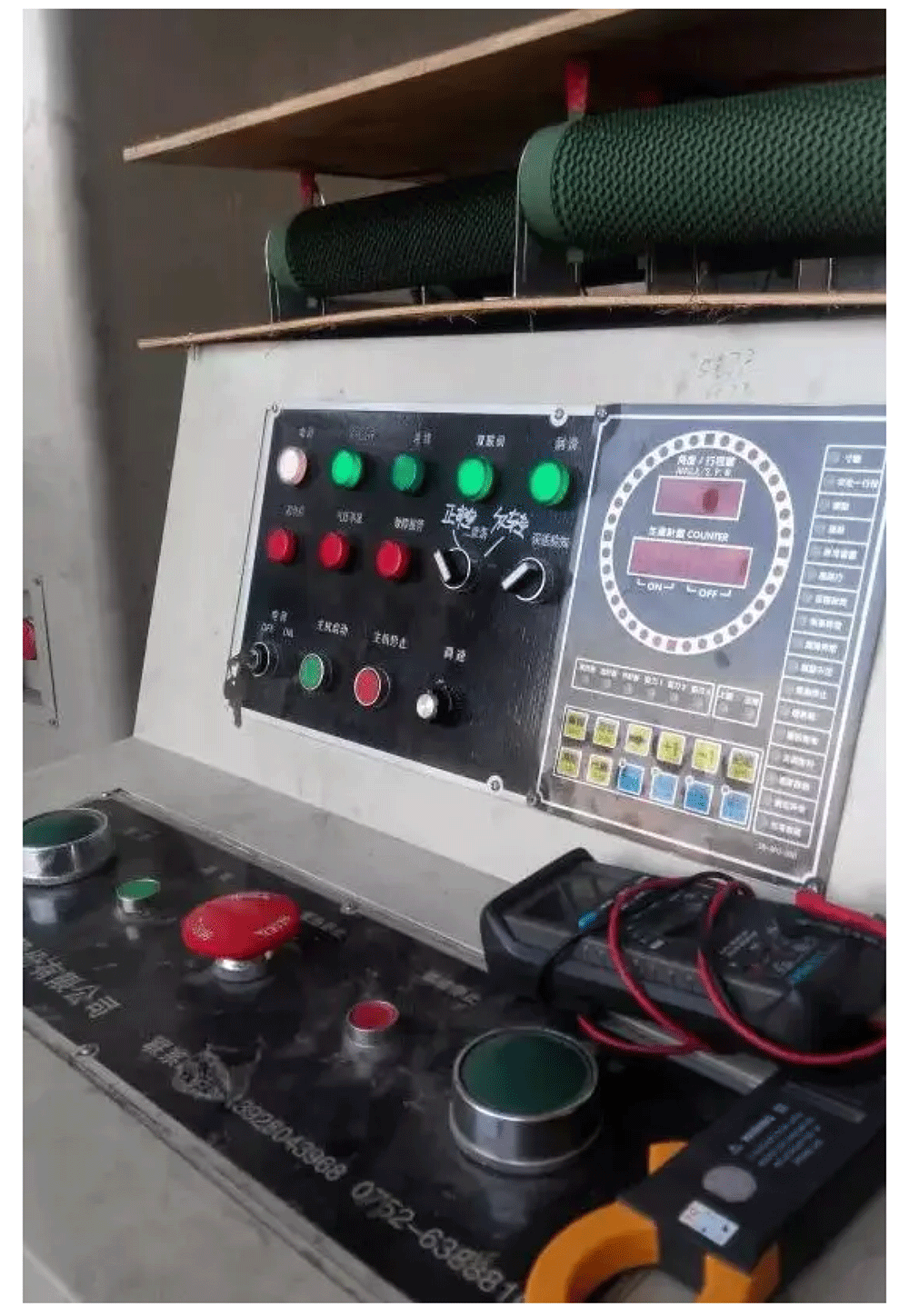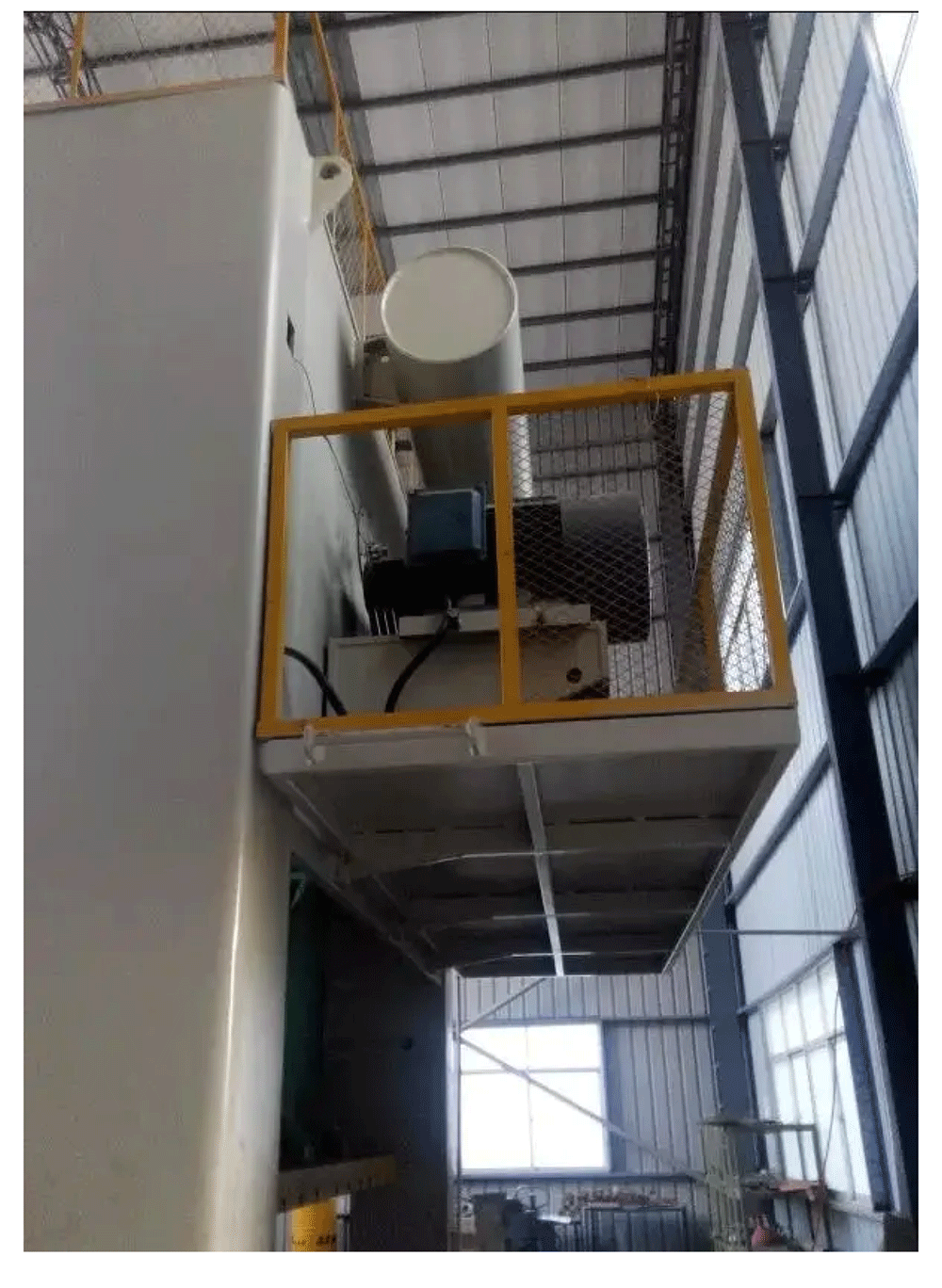
In domestic metal materials processing, stamping remains the primary method, and accordingly, stamping processing plays an indispensable role in various sectors of the national economy. Its application range is also quite broad. For example, it is used in industries such as machinery, agricultural machinery, chemicals, medical instruments, electronics, electrical engineering, aviation, military, postal services, transportation, and more.
A punch press is a type of stamping press. Compared to traditional machining, the stamping process offers several advantages in domestic production, such as material and energy savings, high efficiency, low technical requirements for operators, and the ability to produce products that cannot be achieved by traditional machining methods through various molds. A high-speed punch press is an efficient, high-precision, and highly automated stamping machine, typically used for mass production of stamping parts with high precision requirements.

The mechanical principle of the punch press is the crank-slider mechanism, which converts rotary motion into linear motion to drive the slider (upper die) to move up and down. The opening and closing of the stamping die cause the sheet metal clamped in between to undergo plastic deformation. The inverter drives the motor, which in turn drives the crankshaft to rotate. The main components include: the machine frame, clutch, slider, drive belt, and control lever.

①The motor drives the flywheel, which in turn drives the large gear through a shaft and small gear. The large gear drives the crankshaft via the clutch, and the crankshaft drives the connecting rod to make the slider work. The number of strokes per minute of the slider and the motion curve of the slider are both fixed and unchanging.
②The press machine can generally be divided into four main parts: the machine frame, working part, control part, and transmission part. All components of these parts are mounted on the machine frame.
③The workshop press machines are general-purpose presses for sheet metal stamping, capable of performing various cold stamping processes, such as punching, bending, shallow drawing, and more.

The punch press is mainly classified based on the tonnage of punching force. Specifically, it can be categorized into high-speed presses, slow-speed presses, and single-stroke presses according to speed; C-type presses, gantry presses, and multi-axis presses according to structure; and manual presses, inverter presses, and servo presses according to control.


The crankshaft performs rotary motion to drive the slider for two types of movement: downward punching and upward returning. These two movements have different load characteristics. The press has a large load variation, causing significant current fluctuations and large changes in DC voltage.
Downward punching (light load): The flywheel's large inertia is used to punch the workpiece, with the motor operating in generator mode. The inverter generates a back EMF (electromotive force), causing the DC voltage to rise.
Upward return (heavy load): The inertia from the downward punch of the flywheel helps drive the slider upwards. This creates a large inertial load, resulting in a significantly heavier load and a sharp increase in working current.
Wide speed range
Due to differences in processing tools, materials being processed, and the requirements for machining parts, it is essential to ensure optimal cutting conditions under all circumstances. This requires the drive system to have a sufficiently wide speed adjustment range. At different speeds, there are specific requirements: at high speeds, stable speed is required, and the maximum power of the spindle motor should be provided as much as possible, meaning the constant power range must be wide; at low speeds, a large torque output is required to meet the demands of heavy cutting.
High speed control precision
To ensure the processing accuracy of the punching press, the transmission system is generally required to have high speed control accuracy, with minimal dynamic speed reduction caused by load variations. If the dynamic speed reduction is significant, it will severely affect the machining accuracy of the workpiece.
Acceleration and deceleration time is short
The punching press requires short acceleration and deceleration times, with good fast response characteristics. Inverter with short acceleration and deceleration times can improve the efficiency of the punching press in processing workpieces.
Low frequency high torque
The low-frequency torque is large, which can meet the heavy impact requirements of the punching press at low speeds;

The inverter needs to have strong overload capacity and specialized functions to handle load fluctuations, disengagement impacts, single-stroke impacts, and the effects of restarting after shutdown. Load fluctuations must meet the mechanical requirements for manufacturing large-diameter flywheels to increase inertia, as well as the demands for current fluctuations and voltage variations in the inverter. Disengagement impacts must meet the requirement for sudden, squared increases in motor load during the moment of clutch closure in a trial run, necessitating the inverter’s strong overload capability. Single-stroke impacts must meet the requirements for the closure effect of the mold during single-stroke electric clutch testing, handling extremely high overload currents and the overexcitation function. Restarting after shutdown is necessary to avoid situations where a large-inertia flywheel takes a long time to stop rotating after a power failure, and to meet the requirements for power-off shutdown functionality and speed tracking on restart.

For safety reasons, when operators manually handle the slider and mold, the inverter must be powered off. Frequent power cycling can damage the electrolytic capacitors inside the inverter. Current vector control is essential for such complex load demands in punching press equipment, which is why a vector inverter is required.



The FRECON inverter speed control system offers adjustable stroke speed, high punching frequency, low noise, and stable speed with zero error, making it suitable for various stamping processes.
Multiple flexible control methods meet the demands of different and complex working conditions.
The FRECON FR500A series utilizes vector control with fast response, high low-frequency torque, smooth output across frequency ranges, quick torque dynamic response, and high speed stability accuracy. Its overload capacity reaches 180%, and it can output 150% starting torque at 0.5Hz, ensuring the punching press runs reliably and stably. At the moment of clutch closure in the punching press, the output frequency remains stable with no fluctuations.
The upgraded punching press equipment adopts a dynamic balance system to minimize vibrations, ensuring the precision of stamped products.
The structure uses an independent air duct design, and the fan is easily removable, providing excellent heat dissipation.










